Astrophotography for the Amateur
$15.50
Hardback with paper cover.
This book is used in good condition
168 pages with photos and illustrations.
Copyright 1987.
ISBN 0-521-25391-8
1 in stock
Description
While in this age of digital imaging the equipment in this book is dated. However the general information on the basic principals of astrophotography are still in many cases very much the same.
Astrophotography for the Amateur tells how to take pictures of the stars, galaxies, planets the moon, the sun comets, meteors, and eclipses, using equipment and materials readily available to the hobbyist during the end of the twenty century and film cameras of today.
The first section “Getting Started” presupposes little knowledge of photography or astronomy and concentrates on what can be done with minimal equipment. An ordinary 35 mm camera on a tripod aimed at the sky on a starry night will photograph more stars than the unaided eye can see and will bring out a variety of colors. Add a long telephoto lens, a pair of binoculars or a small telescope and you have all that is needed to photograph an eclipse or show the main features of the moon.
The two subsequent sections, Advanced Techniques and Equipment and Materials cover the use of cameras in conjunction with telescopes and constitute a through handbook, including technical information on optical systems, film characteristics, and processing techniques. Throughout the emphasis is on current pratice, which – because of recent developments such as gas-hyper-sensitization, solid state electronics and low cost mass production of compact, portable telescopes – is quite different then things were done a few years ago.
Note: It should be pointed out the book contains dated materials and does not cover digital cameras, digital chips or methods of computerized control of equipment or telescopes. It is excellent reference material however if you would wish to attempt film photography for astronomical purposes.
Author
Michael Covington
Table of Contents
Preface. VII
Part 1 – GETTING STATED
1: The Stars 3
Stars and trails
Films and lenses
Keeping records
Some advance techniques
2: The moon 12
Lenses and image size
Determining exposures
Telescopes and binoculars
Films and processing
3: Eclipses 23
Lunar eclipses
Solar eclipses – partial and annular
Solar eclipses – total
4: Comets, meteors, auroare, and space dust 40
Comets
Meteors
Aurorae
Dust in space
PART 11 – ADVANCE TECHNIQUES 53
5:Prime focus astrophotography
Telescope design and optical limitations
Image size and field of view
The afocal method
Positive projection
Negative Projection
Compression
Diffraction-limited resolution
6: The solar system 68
High-resolution astrophotography
The subtle art of focusing
The sun
The moon
The planets
7: Deep-sky photography 84
Beyond the solar system
Piggy-backing
Guiding
Films, filters and fog
Through the telescope
Keeping warm while observing
PART III – EQUIPMENT AND MATERIALS
8: Cameras, lenses and telescopes 107
The 35mm SLR
Other types of camera
Lenses
Choosing a telescope
9: Film 116
How film works
Spectral sensitivity
The characteristic curve
Speed
Reciprocity failure
Graininess and resolution
some specific films
Bulk loading
10: Developing, printing, and copying 128
The darkroom
Processing black-and-white film
Black-and-white printing
Rephotography
APPENDICES
A. Sources of further information 138
B. Exposure tables- Moon, Sun, Venus, Mercury or Mars, Jupiter Saturn 141
C. Computer programs 146
D. Plans for an automatic guider 149
E. Film data sheets 154
Index 165
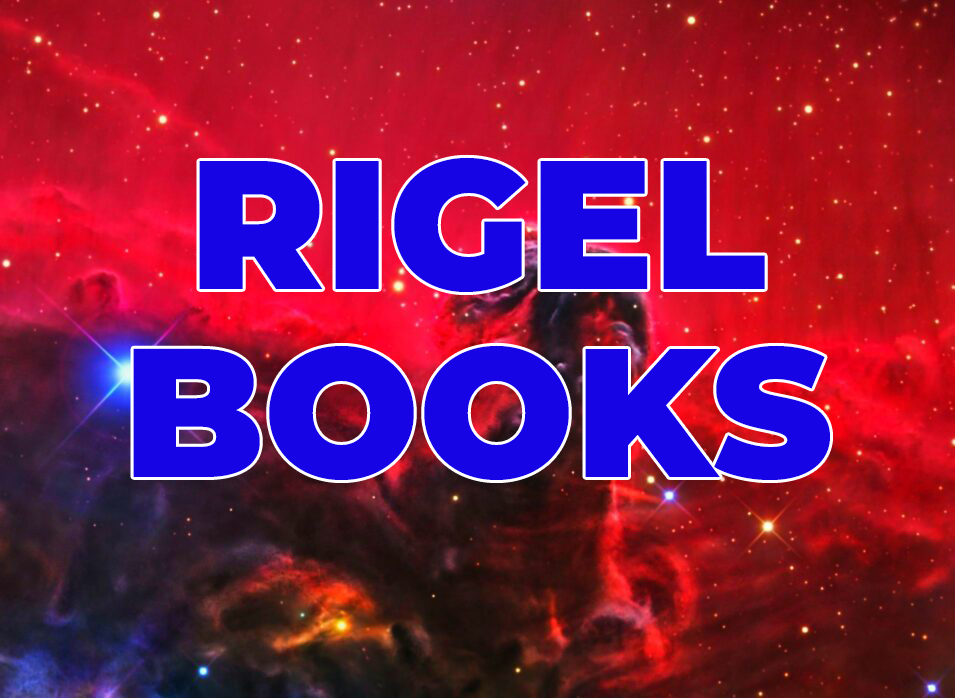
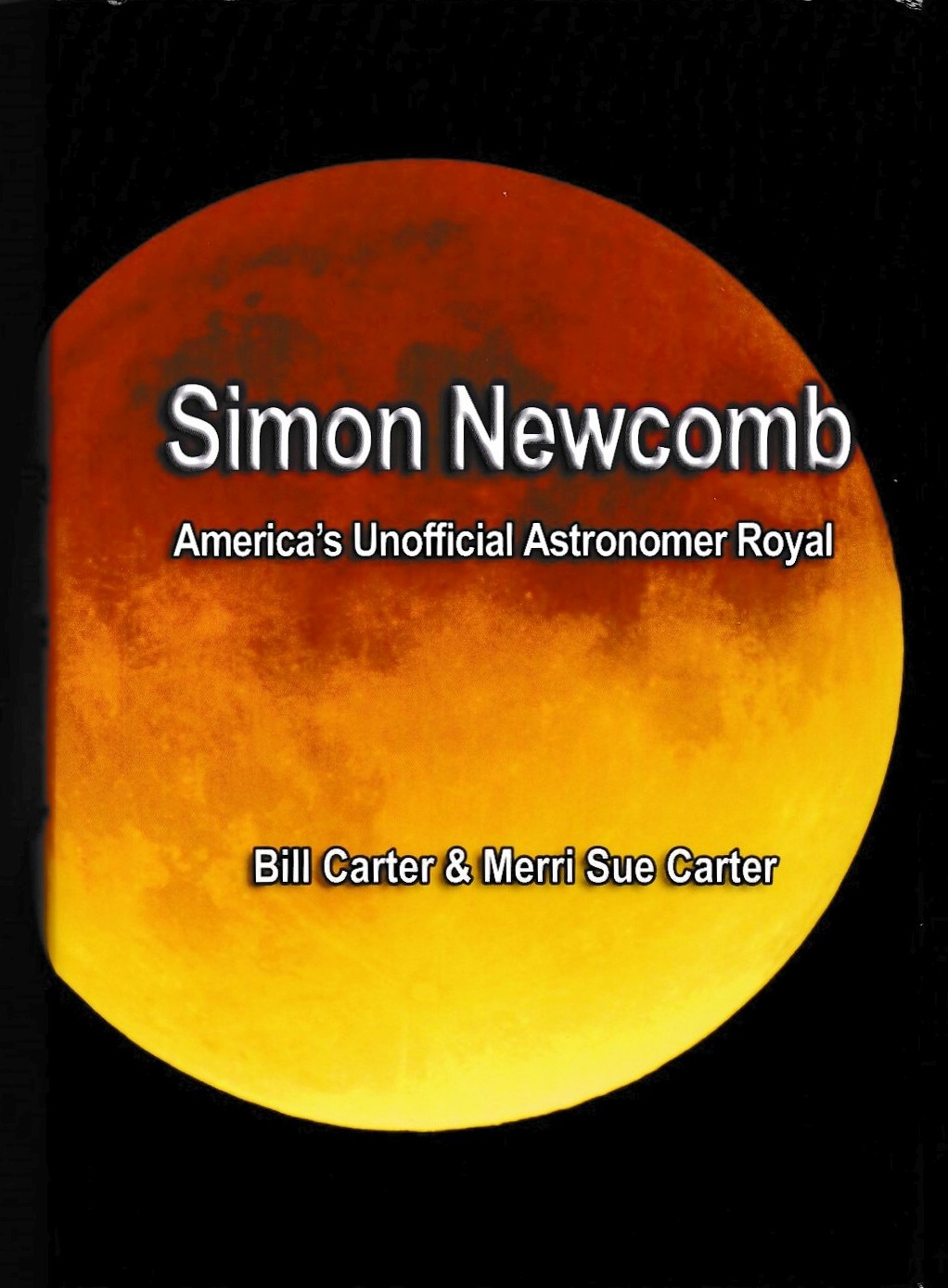
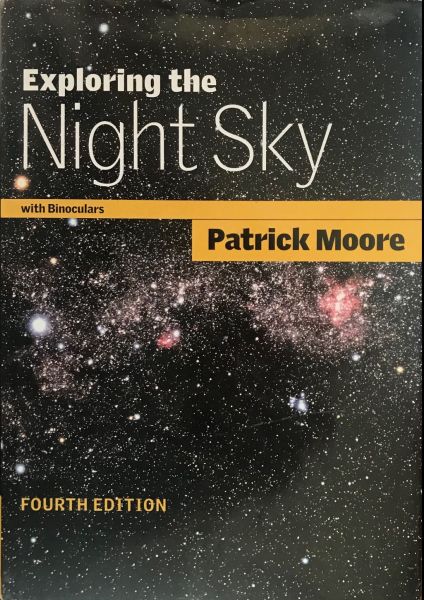
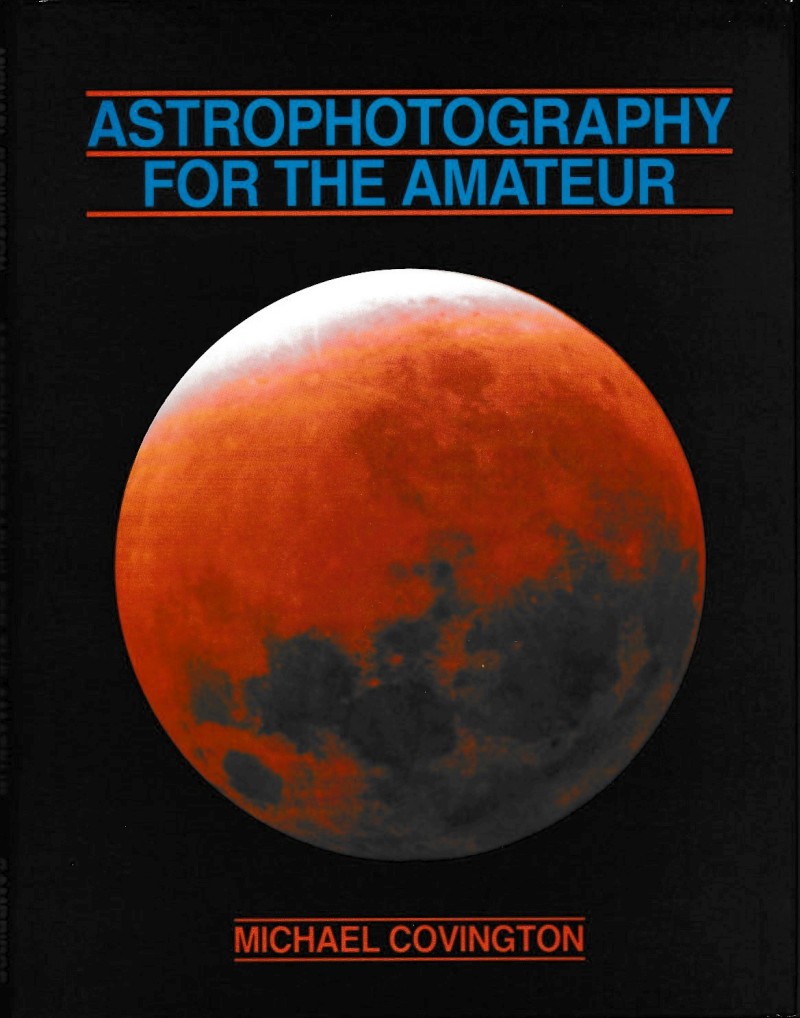

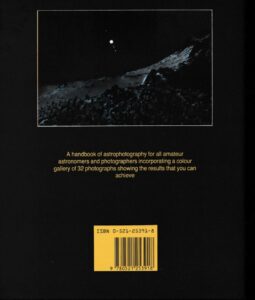

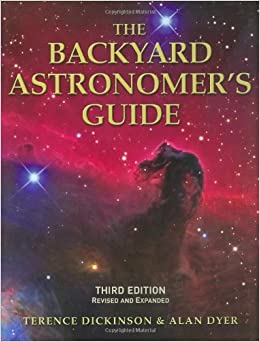
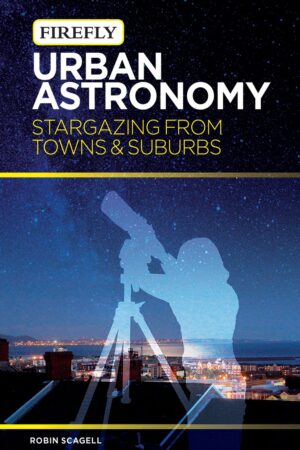

Reviews
There are no reviews yet.